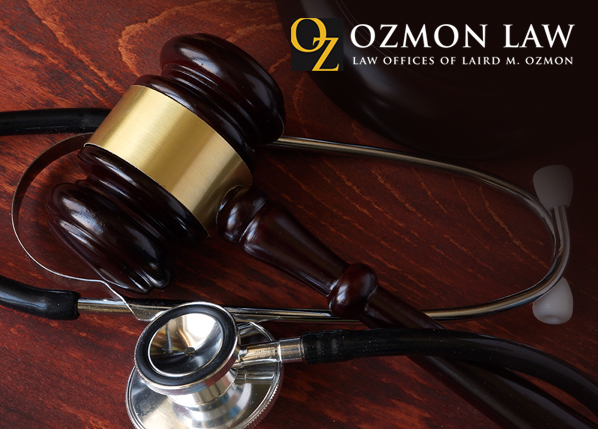
Often when people are injured they have difficulty articulating their injuries. It’s usually a case of underreporting (failing to mention the MRI you had) or over reporting (trying to blame every ache and pain on the injury). My decades-long career as a plaintiff’s attorney has afforded me an ability to ask the right questions in order to gather the most relevant information. I then am able to assess all of the potential damages to which a plaintiff may be legally entitled to recover in a lawsuit. This process not only helps clients to know their rights but also to have reasonable expectations as to the amount of money they may expect to recover.
The law is very specific about the damages that are recoverable in a personal injury case. If the case goes to trial, the jury is instructed on the elements of these damages and plaintiff’s attorneys structure their closing arguments to seek an amount for each of these elements of damages which when totaled makes up the jury’s award. Similar arguments are informally made between lawyers attempting to settle a case.
Some damages are much easier to value than others. For instance, it is easy to seek reimbursement for all paid medical expenses related to the injury. This is a fixed amount supported by medical bills. It is more difficult to assess damages for future medical expenses, like a surgery that won’t become necessary for five years, but is nonetheless related to the claim. Here we have to seek the testimony of medical experts to support such a claim.
Likewise, lost wages for a fixed period off work after the incident are calculable, but if the plaintiff cannot return to work, we need to extrapolate a lifetime of loss using life expectancy tables and the future growth of earnings to calculate the future loss. In many instances, an economist is retained as an expert to explain the complex calculations.
Then there are less tangible elements of damages including: pain and suffering, loss of a normal life/disability, disfigurement. Victim’s loved ones may also suffer losses as acknowledged by the law. These are separate causes of action such as loss of consortium or loss of society in a wrongful death case. These damages focus on losses sustained by certain family members as a result of what a plaintiff is no longer able to do, i.e. give love, comfort, support or advice to a spouse, child or parent, and how this affects those loved ones.
The amount of money that may be recovered for each of these elements is highly subjective and determined by a unanimous jury’s verdict. For instance, a juror who suffers from a chronic pain syndrome may attribute a much greater value to pain and suffering than a 22 year-old healthy male who can’t relate. Or, conversely, the juror with the chronic pain syndrome may be reluctant to award money when they never received anything for their problems. These elements of damage are critical to the plaintiffs case and I spend a significant amount of time and energy developing them. This may involve interviewing loved ones, friends, colleagues, co-workers, clergy and/or consulting experts. Significant recoveries by plaintiffs result from well-supported and compelling evidence as to these elements of damages
Making the case for damages is the final and most important chapter in the plaintiffs story. Over my nearly 40 years of trial experience, I have always focused on making that chapter end with my plaintiff’s recovering the maximum fair and just compensation from the jury.

Attorney Laird M. Ozmon
